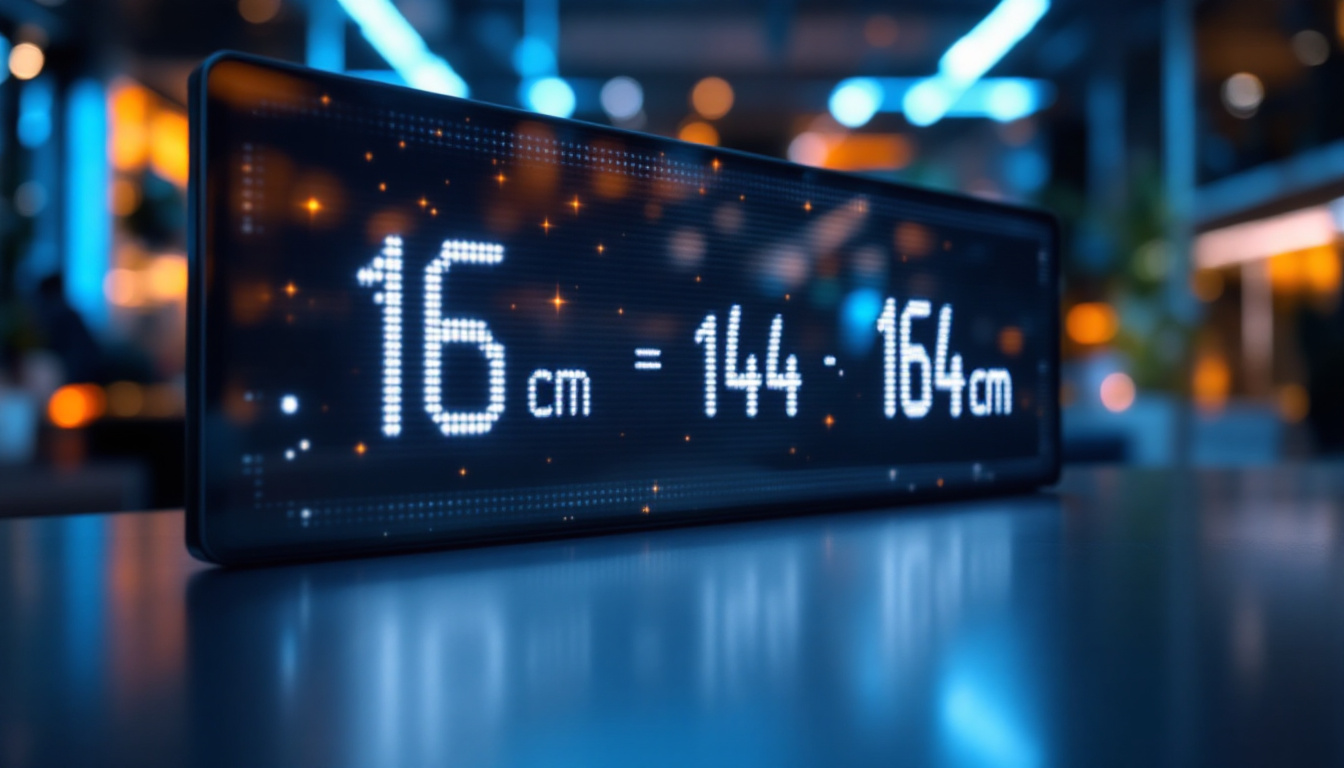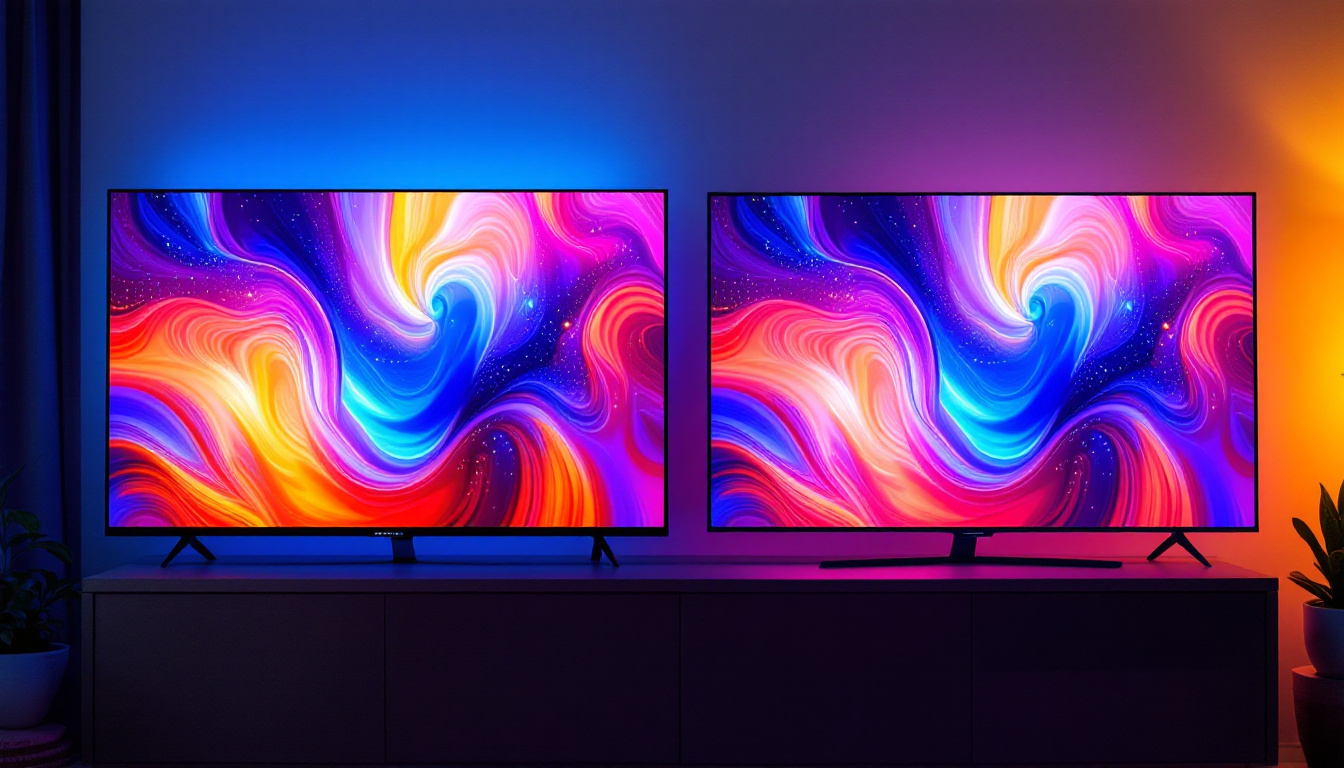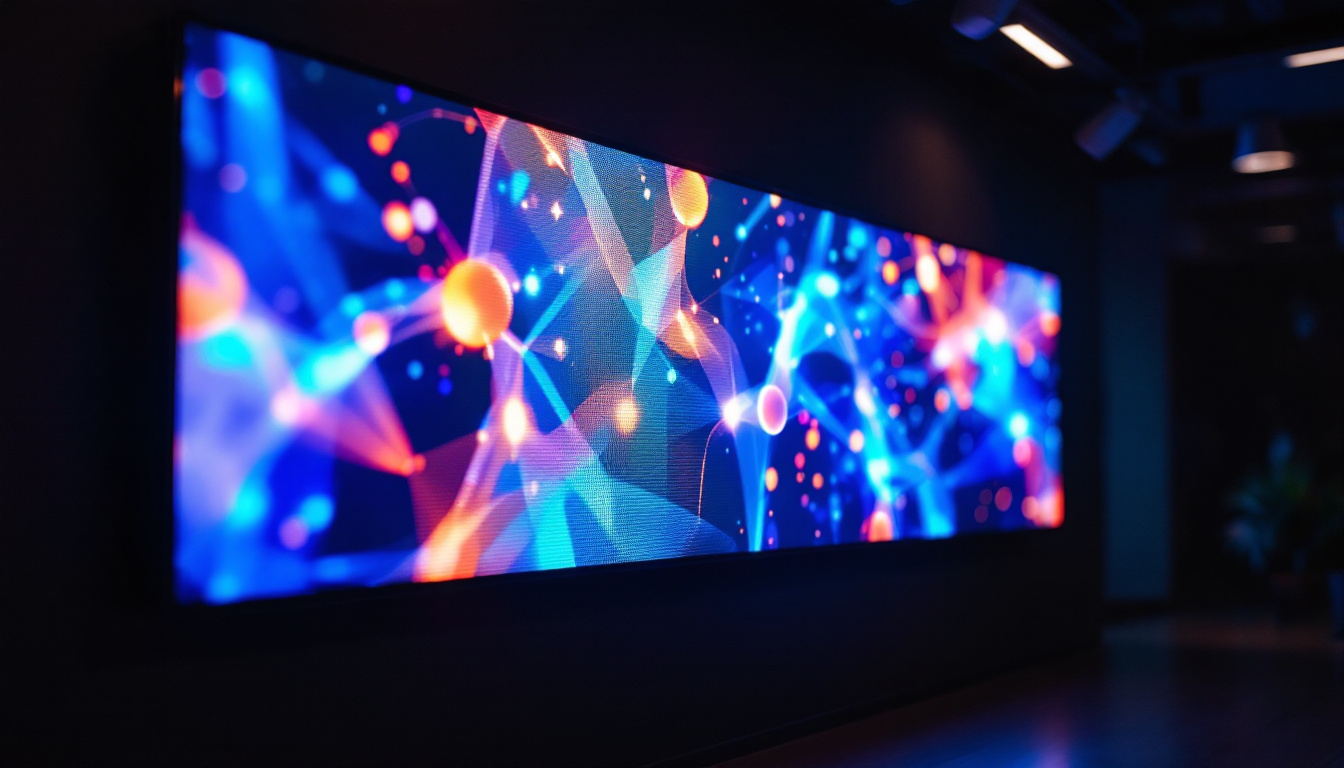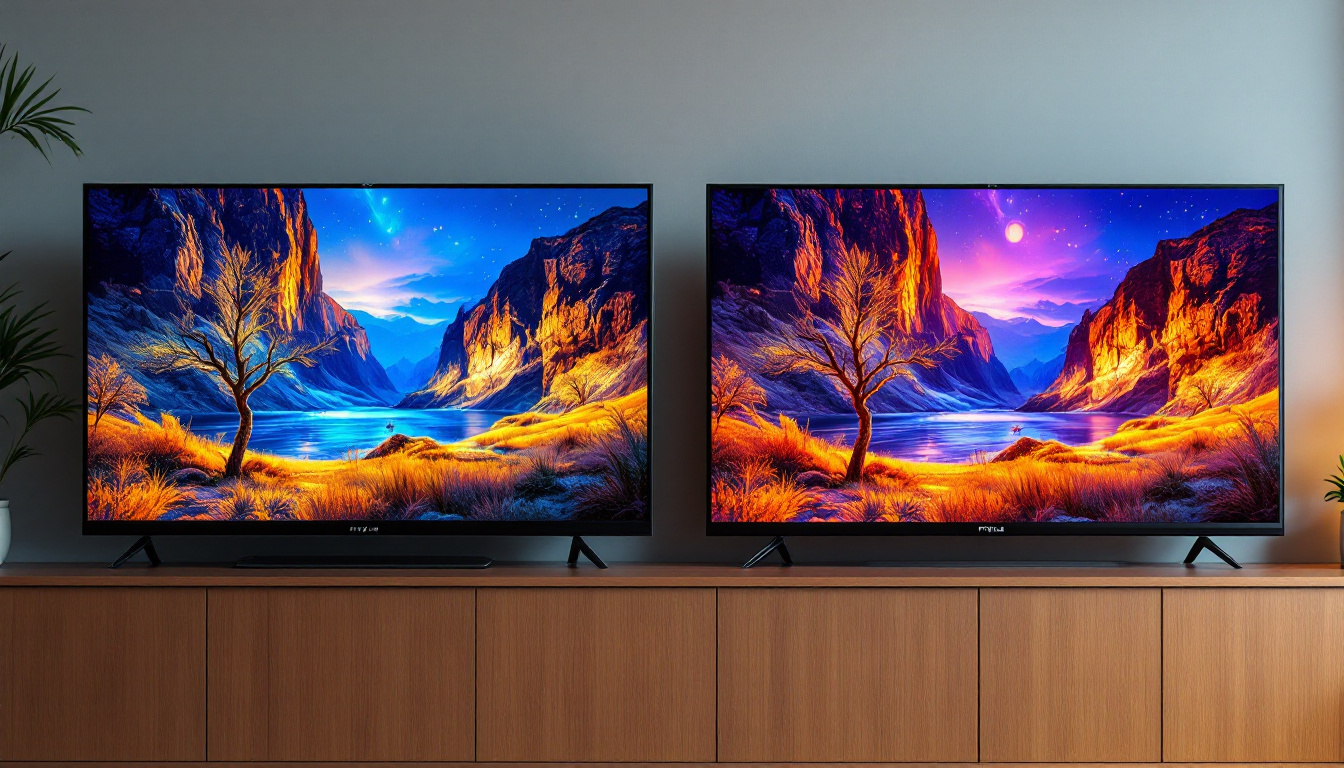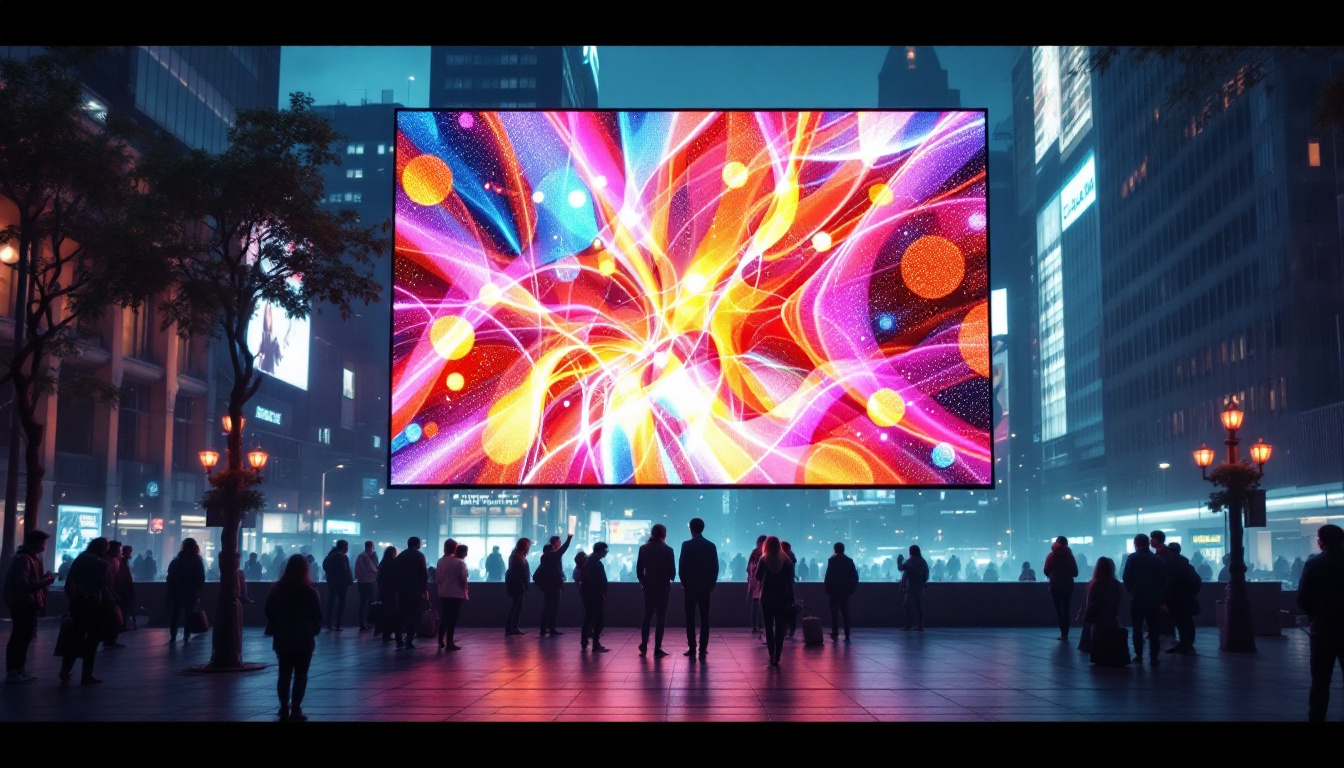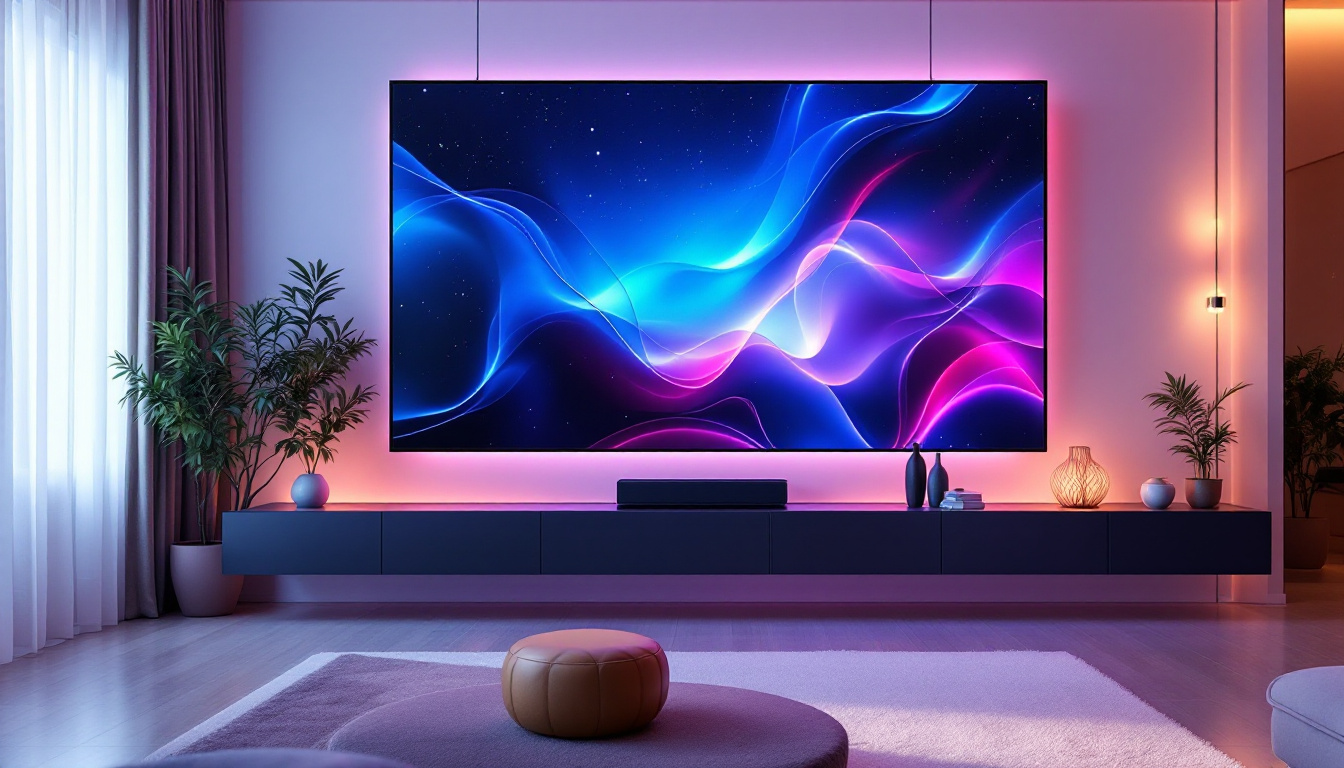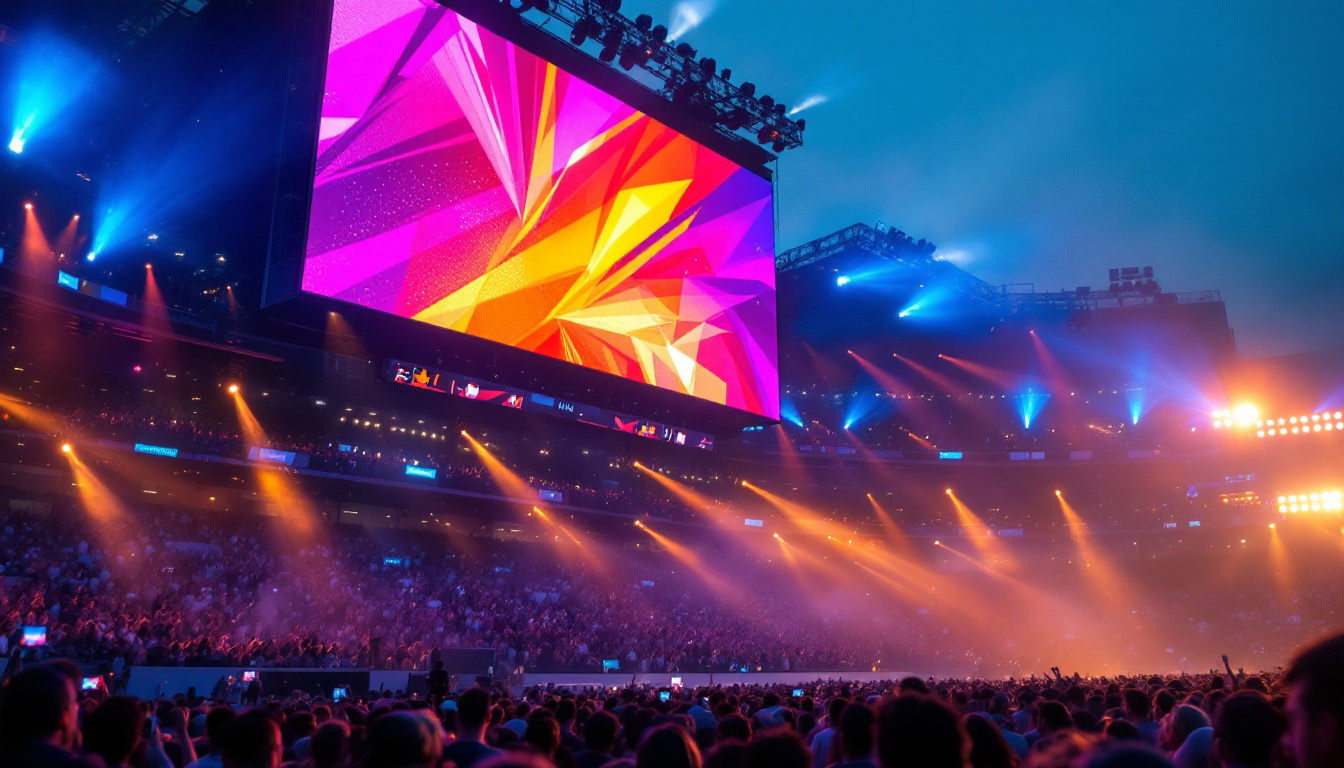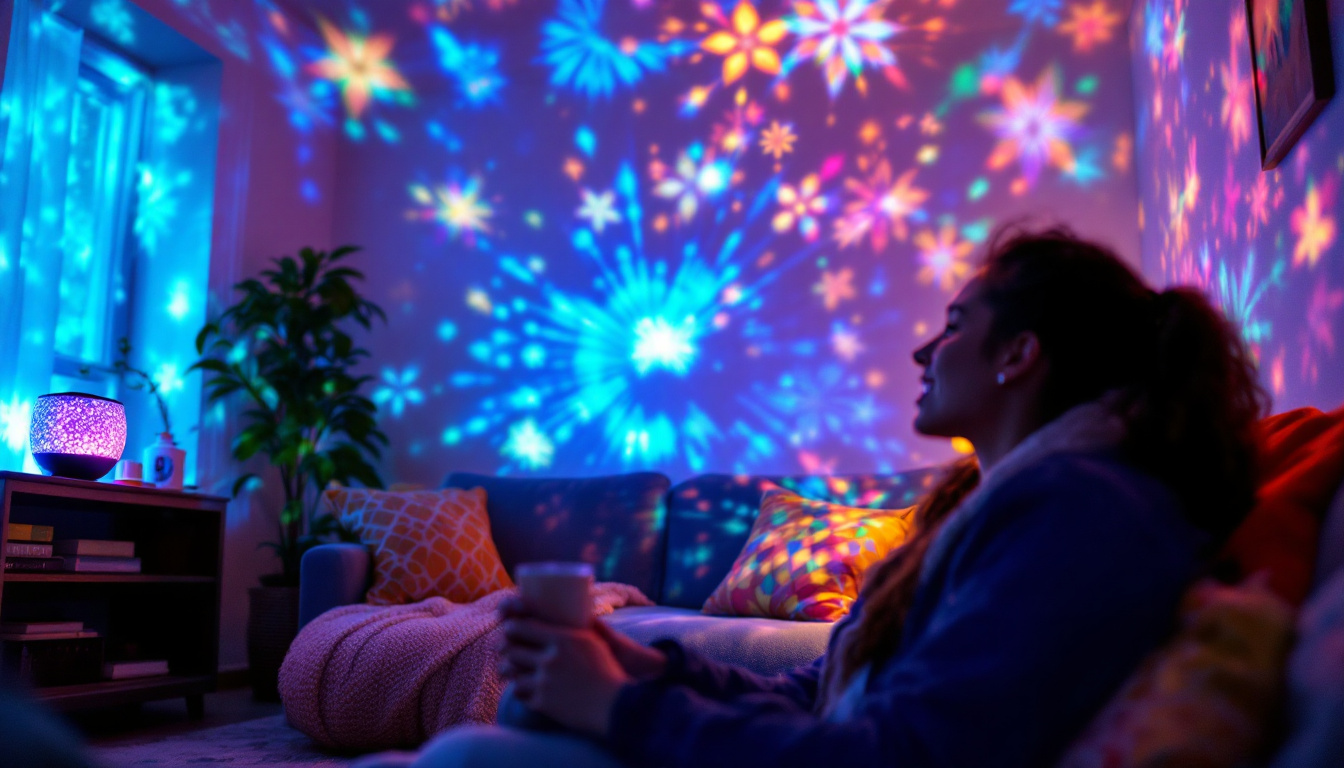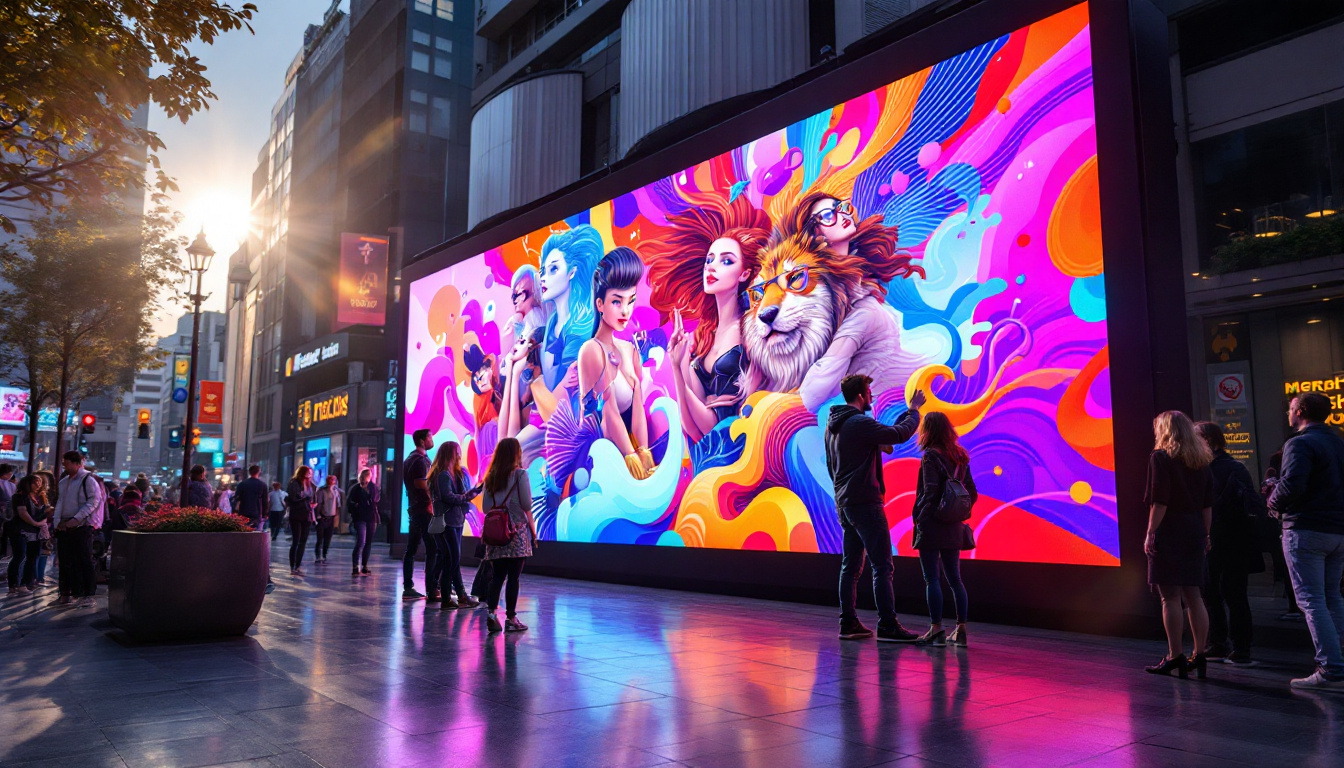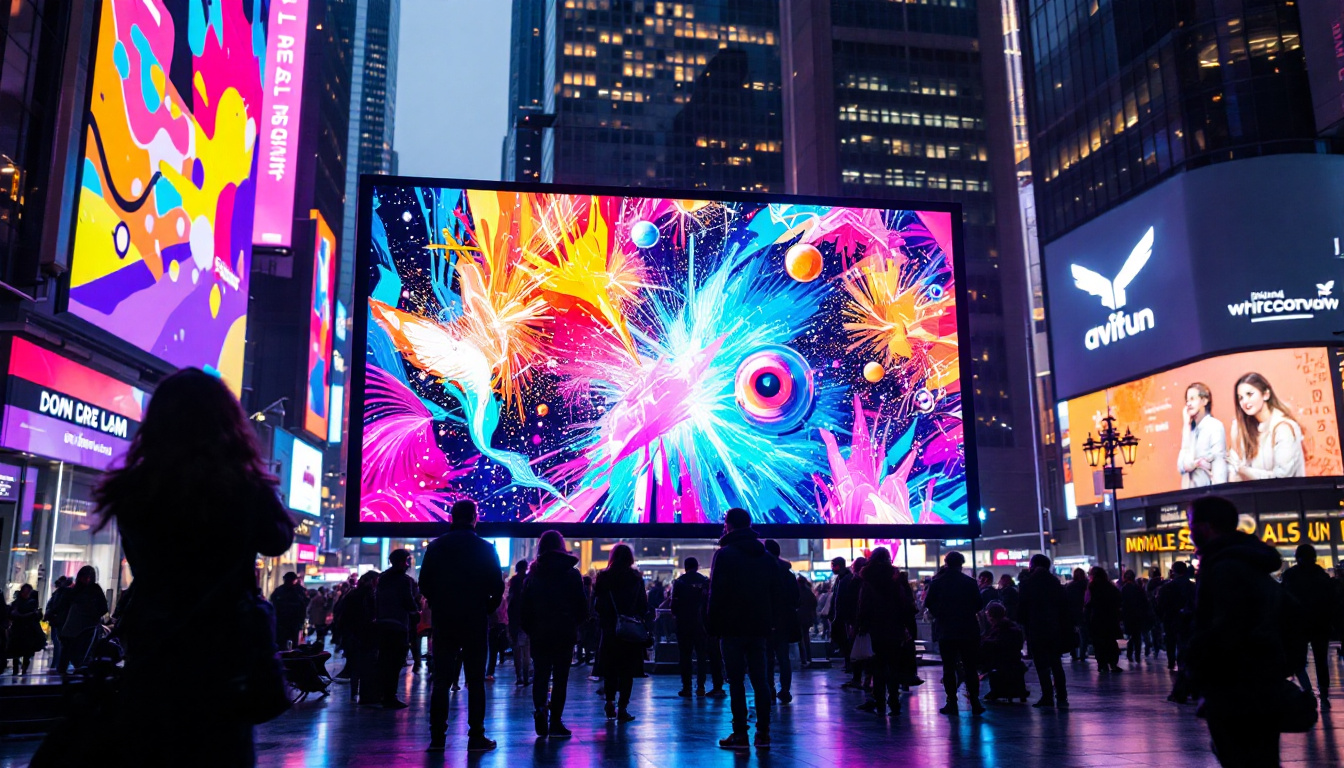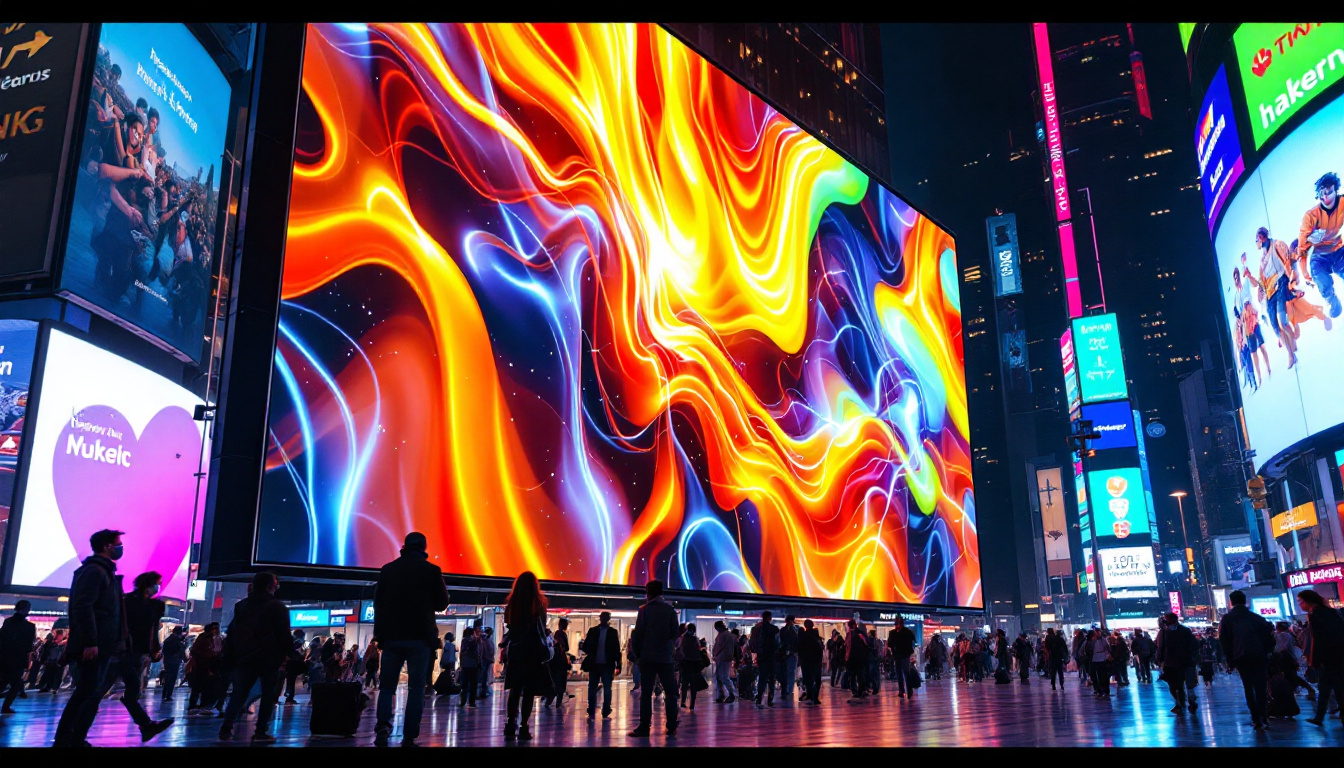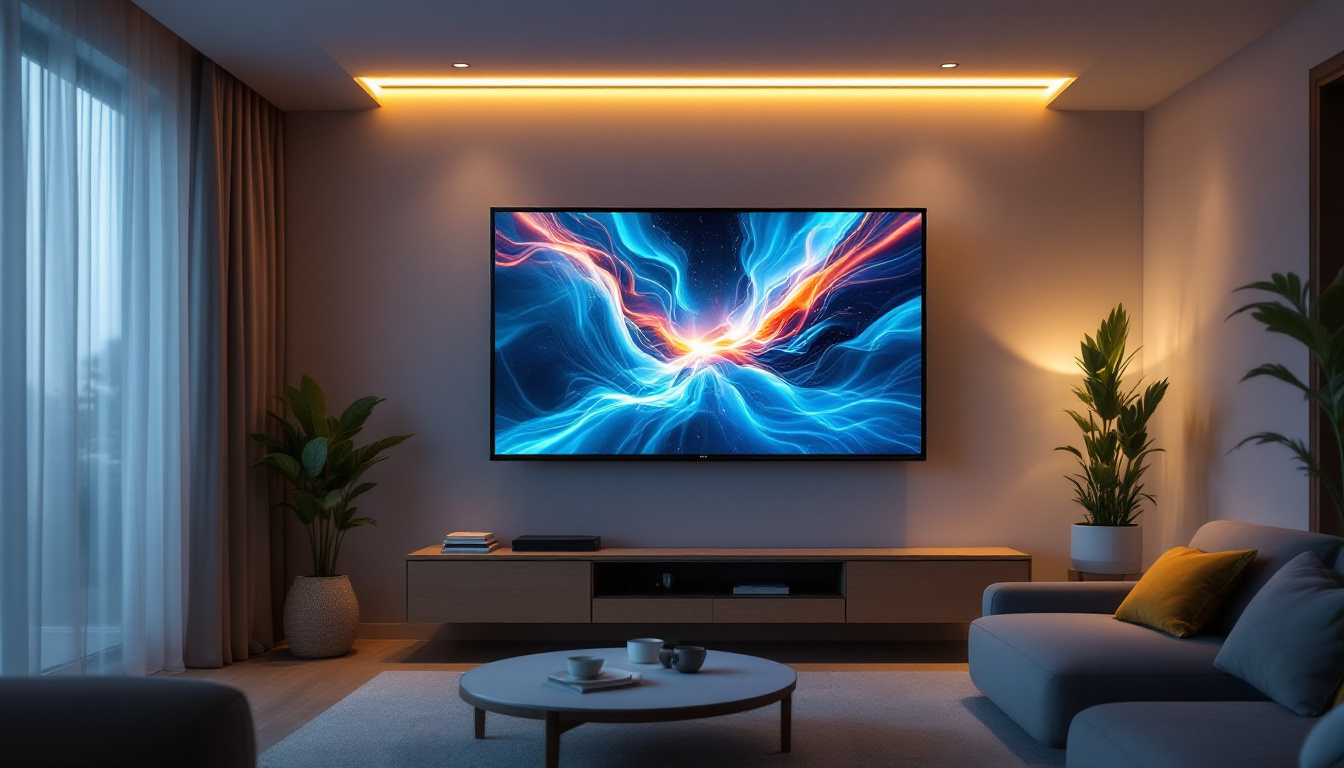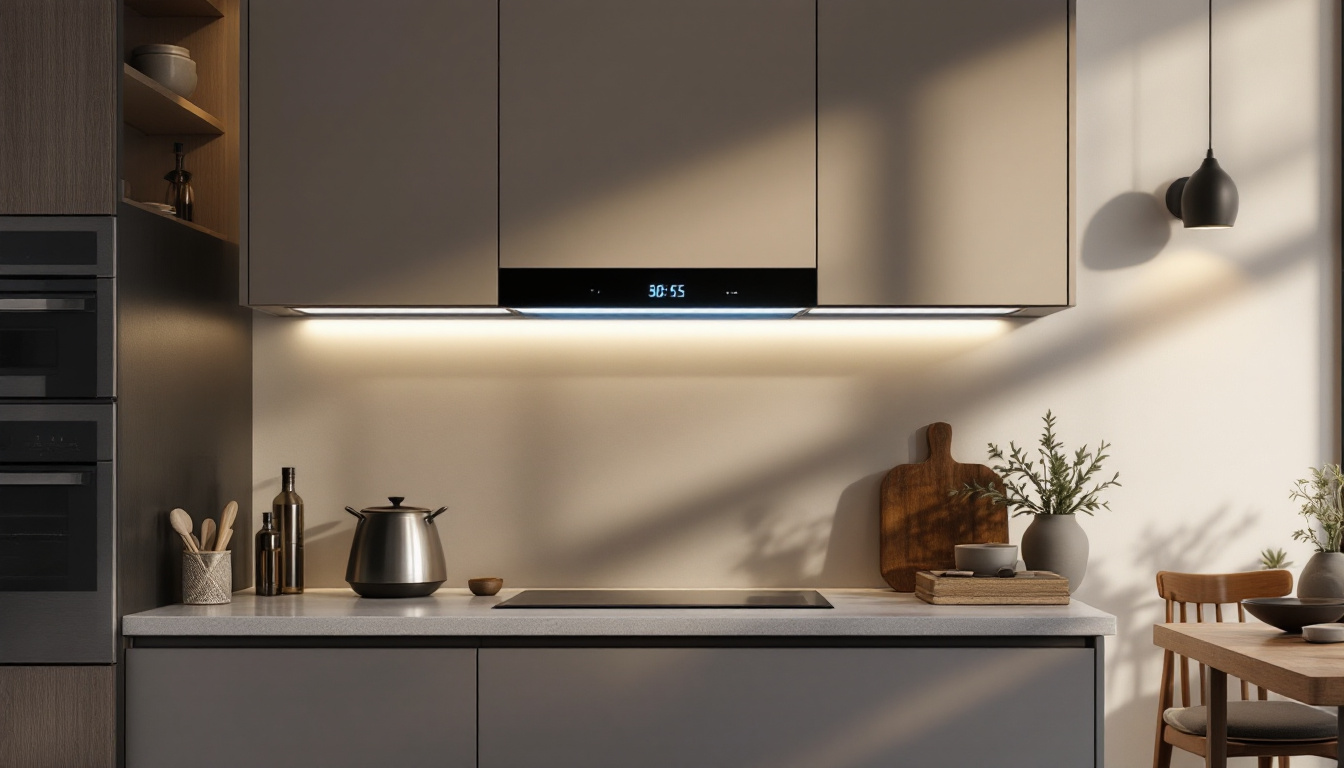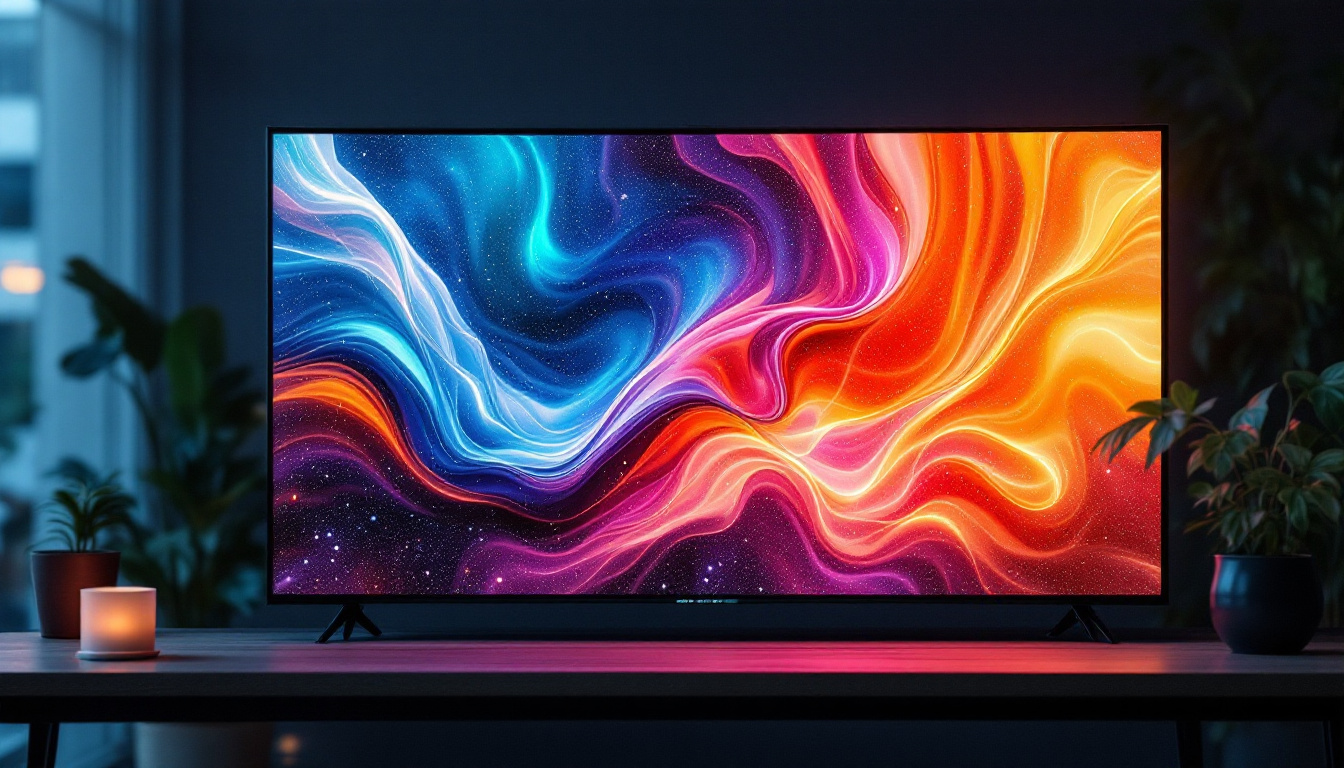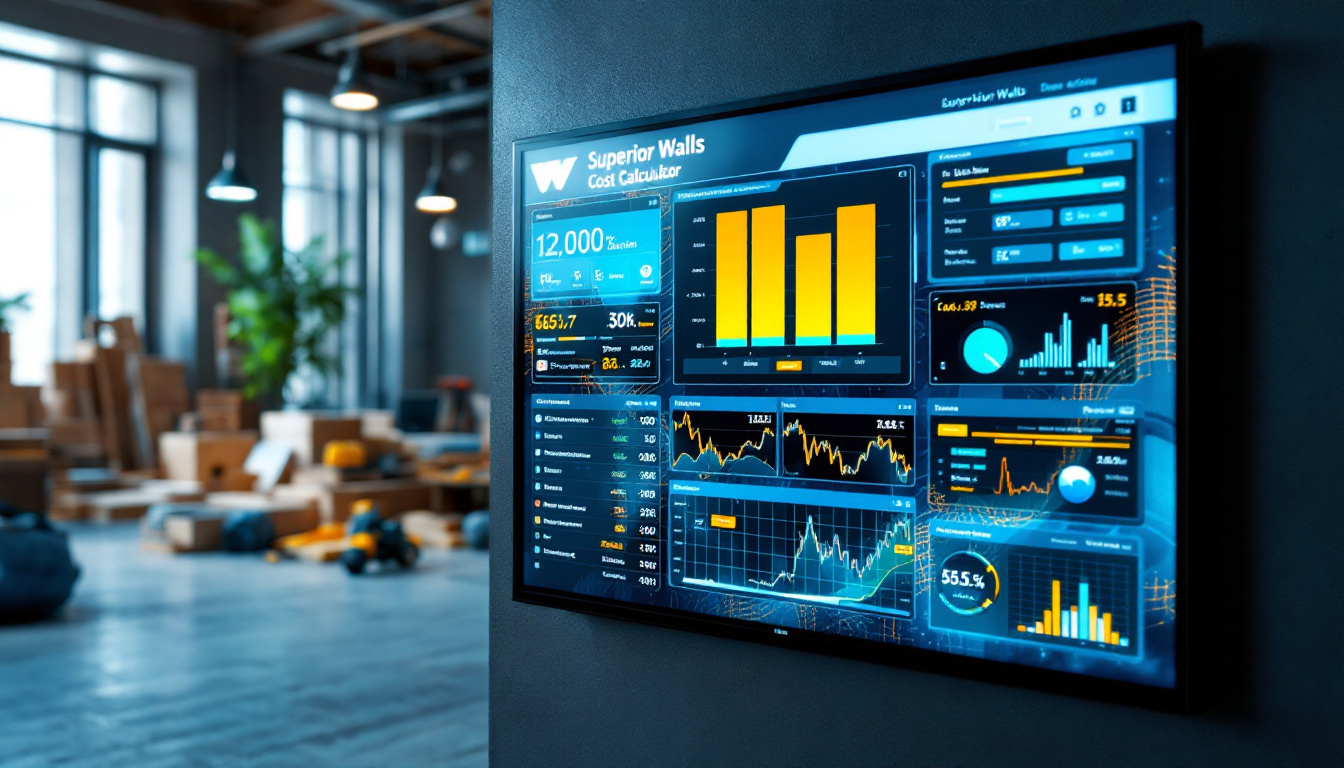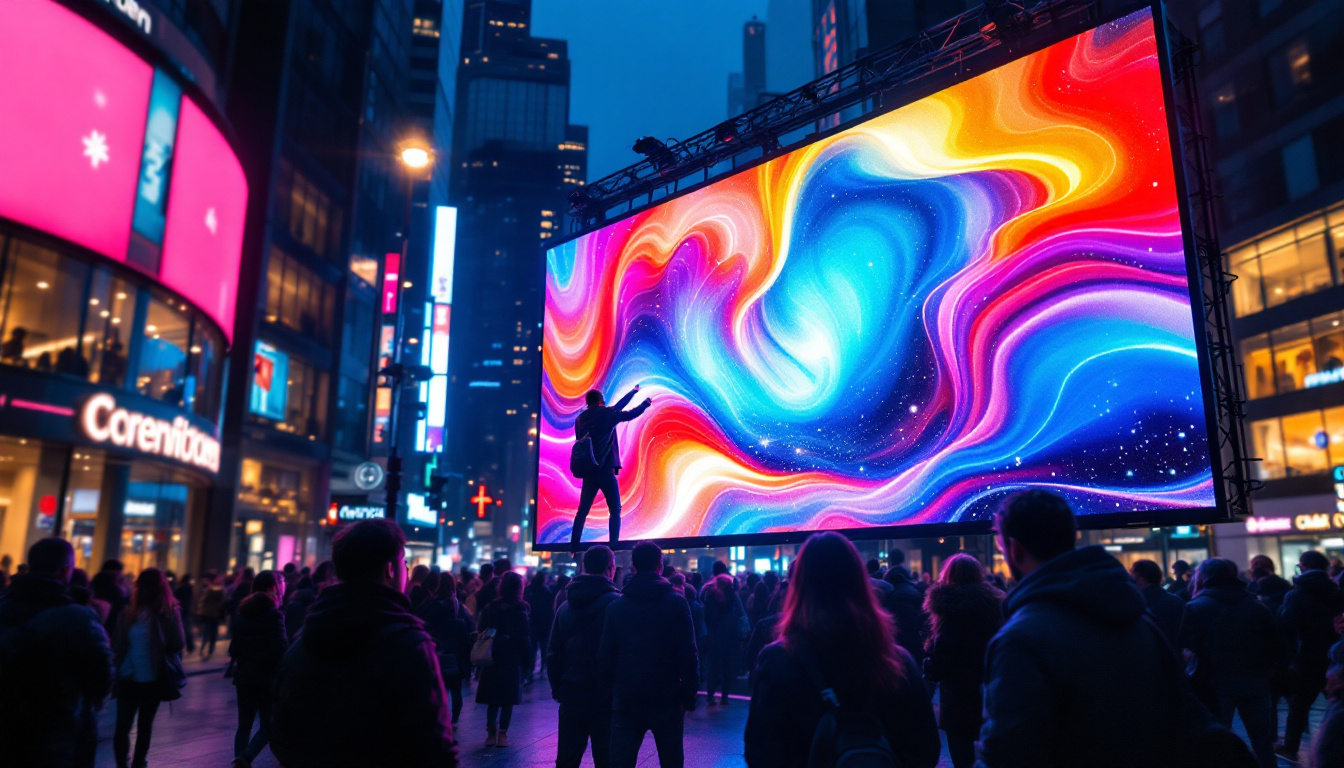Understanding measurements can often be confusing, especially when converting between different units. One common conversion that many people encounter is from centimeters to feet. For instance, what does 164 cm translate to in feet? This article will explore this conversion while also delving into the fascinating world of LED displays, which often utilize such measurements in their specifications.
Understanding the Centimeter to Feet Conversion
To convert centimeters to feet, it is important to know the basic conversion factor. One foot is equal to 30.48 centimeters. Therefore, to convert centimeters to feet, you can use the formula:
Feet = Centimeters ÷ 30.48
Calculating 164 Cm in Feet
Using the formula mentioned above, we can easily convert 164 centimeters into feet. By dividing 164 by 30.48, the calculation yields:
164 cm ÷ 30.48 = 5.38 feet
This means that 164 cm is approximately 5 feet and 4.5 inches. Understanding this conversion can be particularly useful in various fields, including fashion, construction, and sports, where precise measurements are crucial.
Practical Applications of Height Conversions
Height conversions are not just academic; they have real-world applications. For instance, in the fashion industry, designers often need to specify the height of models in feet and inches for casting calls. Similarly, in sports, athletes’ heights are frequently listed in feet, making it essential for coaches and scouts to understand these conversions.
Moreover, in construction and architecture, precise measurements are vital for planning and building structures. Converting between centimeters and feet ensures that everyone involved in a project is on the same page regarding dimensions.
In addition to these industries, height conversions play a significant role in health and fitness. For example, when calculating Body Mass Index (BMI), a person’s height must be converted to feet and inches if the weight is measured in pounds. This conversion is crucial for accurately assessing an individual’s health status and determining appropriate weight categories. Furthermore, in international travel, understanding height conversions can help travelers communicate their height effectively when renting equipment or participating in activities that require specific size measurements, such as skiing or rock climbing.
Another area where height conversions are essential is in the realm of education. In physical education classes, teachers often use height measurements to track students’ growth and development over time. By converting measurements to a standard unit, educators can more easily compare data across different regions and educational systems, fostering a better understanding of physical development trends among students.
Introduction to LED Displays
LED (Light Emitting Diode) displays have become ubiquitous in modern technology, found in everything from televisions to smartphones and digital billboards. Their popularity stems from their efficiency, brightness, and versatility. Understanding how LED displays work and their specifications can enhance the user experience.
How LED Displays Work
LED displays operate by using a series of light-emitting diodes to create images and text. Each diode emits light when an electric current passes through it, allowing for vibrant colors and sharp images. The combination of red, green, and blue diodes produces a full spectrum of colors, making LED displays ideal for a variety of applications.
One of the key advantages of LED technology is its energy efficiency. Compared to traditional LCD or incandescent displays, LEDs consume significantly less power, making them a more sustainable choice. This efficiency is particularly beneficial for large-scale displays, such as those used in advertising and public information. Additionally, LED displays have a longer lifespan, often lasting tens of thousands of hours, which reduces the frequency of replacements and contributes to lower overall costs for consumers and businesses alike.
Specifications of LED Displays
When discussing LED displays, several specifications are important to consider, including resolution, brightness, and size. The size of an LED display is often measured in inches diagonally, but understanding the dimensions in centimeters can be crucial for installation and design purposes.
For example, a display that measures 50 inches diagonally is approximately 127 cm. Knowing how to convert these measurements allows for better planning and ensures that the display fits within the intended space. Furthermore, the resolution of an LED display, typically expressed in pixels per inch (PPI), plays a significant role in determining the clarity and detail of the images displayed. Higher resolutions provide sharper images, which is particularly important for applications such as gaming and high-definition video playback. Brightness, measured in nits, is another critical factor; displays with higher brightness levels are better suited for outdoor environments where sunlight can wash out the visibility of the screen.
Moreover, the refresh rate of an LED display, measured in hertz (Hz), affects how smoothly motion is rendered. A higher refresh rate can enhance the viewing experience, particularly in fast-paced video content, making it a vital specification for gamers and sports enthusiasts. Understanding these various specifications allows consumers to make informed decisions based on their specific needs, whether for personal use or commercial applications.
Importance of Size in LED Displays
The size of an LED display can significantly impact its effectiveness and usability. Larger displays are often used in outdoor settings where visibility from a distance is crucial, while smaller displays may be more suitable for indoor environments. The choice of size not only affects visibility but also influences the overall aesthetic and branding of a space, making it a vital consideration for businesses and event organizers alike.
Choosing the Right Size for Your Needs
When selecting an LED display, it is essential to consider the intended use. For instance, a large outdoor billboard may require a display size of 10 feet or more, while a smaller screen for a conference room might only need to be 55 inches. Understanding the conversion from centimeters to feet can aid in selecting the appropriate size for any application. The right size can enhance the viewer’s experience, ensuring that messages are conveyed clearly and effectively, whether it’s for advertising, information dissemination, or entertainment.
Additionally, the viewing distance plays a critical role in determining the right size. A display intended for close viewing should have a higher pixel density, which can be influenced by the physical dimensions of the screen. This is where knowledge of size conversions becomes particularly useful. For example, in retail environments, a display that is too small may not attract customers from afar, while an oversized display in a small boutique could overwhelm the space, detracting from the shopping experience. Thus, striking the right balance is essential for maximizing impact.
Installation Considerations
Installing an LED display involves careful planning and measurement. Knowing the dimensions in both centimeters and feet can help ensure that the display fits perfectly in the designated area. This is especially important in commercial settings where space is limited. Additionally, the layout of the surrounding area should be taken into account; factors such as lighting conditions, wall textures, and nearby structures can all affect how the display is perceived by viewers.
Furthermore, understanding the weight of the display is also crucial for installation. Larger displays can be heavy and may require additional support structures. Accurate measurements in both metric and imperial units can facilitate a smoother installation process. It is also advisable to consider accessibility for maintenance and repairs, as displays that are difficult to reach can lead to increased downtime. Planning for these factors not only ensures a successful installation but also contributes to the longevity and reliability of the display, ultimately enhancing the return on investment.
LED Display Technologies
There are several types of LED display technologies, each with unique characteristics. Understanding these can help users select the best option for their specific needs.
Direct View LED vs. LED Backlit LCD
Direct view LED displays consist of individual LEDs that create images directly, while LED backlit LCDs use LEDs to illuminate an LCD panel. Direct view LED displays are known for their superior brightness and color accuracy, making them ideal for outdoor use. In contrast, LED backlit LCDs are often more affordable and suitable for indoor environments.
OLED Technology
Organic Light Emitting Diodes (OLED) represent another advancement in display technology. Unlike traditional LEDs, OLEDs emit light on their own, allowing for thinner displays and better contrast ratios. This technology is becoming increasingly popular in high-end televisions and smartphones.
Future Trends in LED Displays
The LED display industry is continually evolving, with new technologies and trends emerging regularly. Staying informed about these developments can help consumers make better purchasing decisions.
Advancements in Resolution
As technology progresses, the resolution of LED displays continues to improve. Higher resolutions provide sharper images and better detail, which is particularly important for applications like digital signage and entertainment. The introduction of 4K and 8K displays has raised the bar for image quality, making it essential for consumers to understand these specifications.
Integration with Smart Technology
Another trend is the integration of LED displays with smart technology. This includes features like touchscreen capabilities, internet connectivity, and compatibility with various applications. Such advancements enhance the functionality of LED displays, making them more versatile for both personal and commercial use.
Conclusion
Converting measurements from centimeters to feet, such as understanding that 164 cm is approximately 5.38 feet, is a valuable skill that can be applied in various fields. Moreover, the world of LED displays is vast and continually changing, with new technologies and trends emerging regularly. By understanding both measurement conversions and the intricacies of LED displays, individuals can make informed decisions whether they are selecting a display for personal use or a large-scale commercial project.
As technology continues to advance, staying updated on these topics will ensure that users can effectively navigate the complexities of measurements and displays, leading to better outcomes in their respective endeavors.
Discover LumenMatrix LED Display Solutions
Ready to elevate your visual experience with the latest in LED technology? LumenMatrix is at the forefront of innovation, offering a diverse range of LED display solutions tailored to your needs. From captivating Indoor LED Wall Displays to dynamic Outdoor LED Wall Displays, and from versatile Vehicle LED Displays to engaging LED Sports Displays, our products are designed to make your brand stand out and your message resonate. Explore our cutting-edge LED Poster Displays, Floor LED Displays, Custom LED Displays, All-in-One LED Displays, and LED Transparent Displays. Embrace the future of visual communication with LumenMatrix and create unforgettable visual experiences. Check out LumenMatrix LED Display Solutions today and transform the way you connect with your audience.

